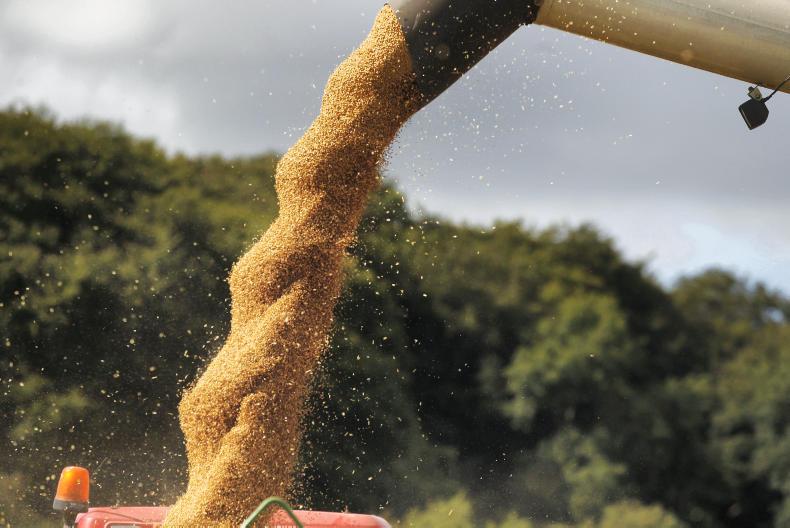Global futures markets weakened last week, but they may be picking up again. Concerns around wheat production in the southern hemisphere remain. Wheat production in Argentina has again been reduced as harvest begins and some expect further reductions as the harvest progresses.
Drought is also a problem in Australia, where wheat output continues to be adjusted down due to the dryness of the past three years. While there has been some recent rain, harvest is already under way there.
EU imports of rapeseed continue, with Ukraine and Canada accounting for 95.4%. These currently run at 1.2m tonnes higher than last year for the year to date. Meanwhile, rain continues to cause harvesting difficulties in Canada.
While futures prices are weaker, physical demand, especially from shippers, is helping to hold prices. While local demand remains slow, import prices are stronger – €192 vs €172/t – relative to a few weeks ago. Nearby prices are stronger this week, with further-out prices back a bit. November wheat is around €185 to €187/t, with barley around €175 to €177/t.
Prices are that bit weaker further out, with May wheat now quoted around €188 to €190/t, while the latter was the starting price a week ago. Barley is in a similar situation, with prices now around €178 to €180/t. November ’20 wheat is currently being quoted at around €183 to €185/t.






 This is a subscriber-only article
This is a subscriber-only article










SHARING OPTIONS: